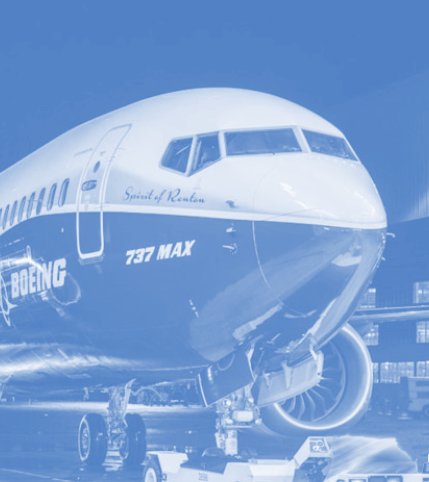Boeing facing flight claims
 The US Federal Aviation Administration (FAA) is examining more issues with the Boeing 737.
The US Federal Aviation Administration (FAA) is examining more issues with the Boeing 737.
Southwest Airlines flight recently experienced a rapid descent rate of approximately 4,400 feet per minute.
The plane came within 400 feet (122 metres) of the ocean.
According to a June 7 memo obtained by Reuters, the rapid descent was triggered when the first officer inadvertently pushed forward on the control column while adjusting the thrust lever as commanded by the autothrottle.
The aircraft received a series of safety warnings, including “DON'T SINK” and “PULL UP”. although the crew reported not hearing these alerts.
Separately, the US National Transportation Safety Board (NTSB) has announced an investigation into why a Boeing 737 MAX 8 “rolled” during a flight last month.
The aircraft experienced a ‘Dutch roll- at 34,000 feet - this type of lateral oscillation, named after a Dutch ice skating technique, can pose significant safety risks.
Despite the incident, the pilots managed to regain control, landing the plane safely with no injuries to the 175 passengers and six crew members on board.
Subsequent inspections revealed damage to structural components of the aircraft. The FAA noted damage to a standby power control unit and is collaborating with the NTSB and Boeing to investigate further.
Southwest Airlines says it is actively participating in both investigations but has deferred specific comments to the ongoing processes. Boeing has refrained from commenting on the Dutch roll incident, directing inquiries to Southwest.







 Print
Print